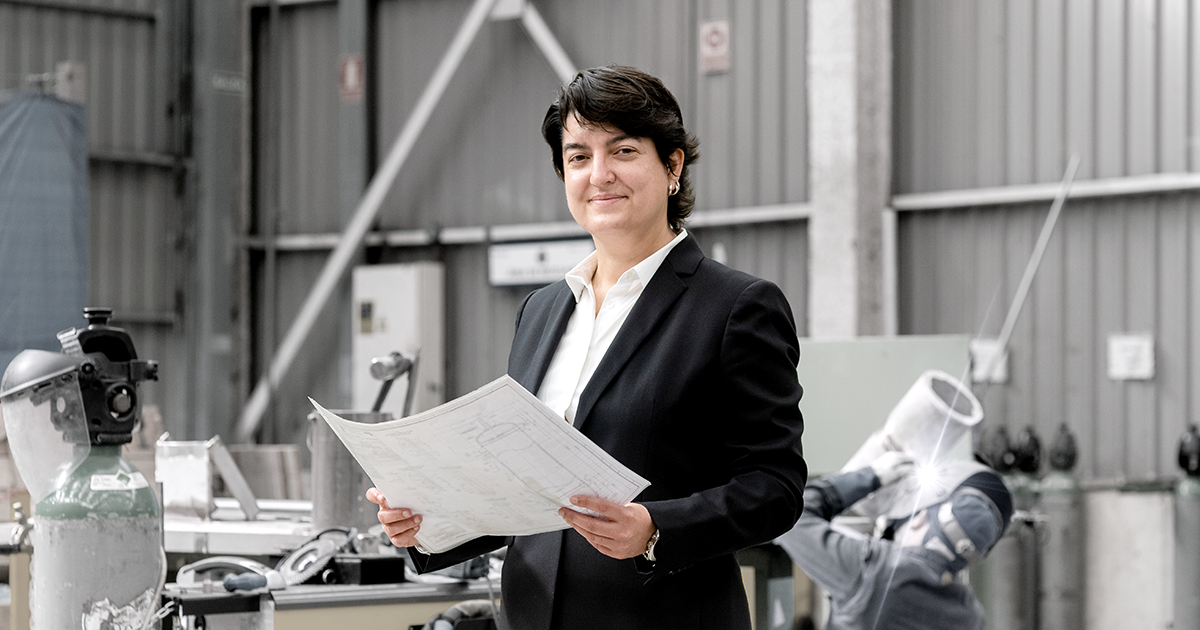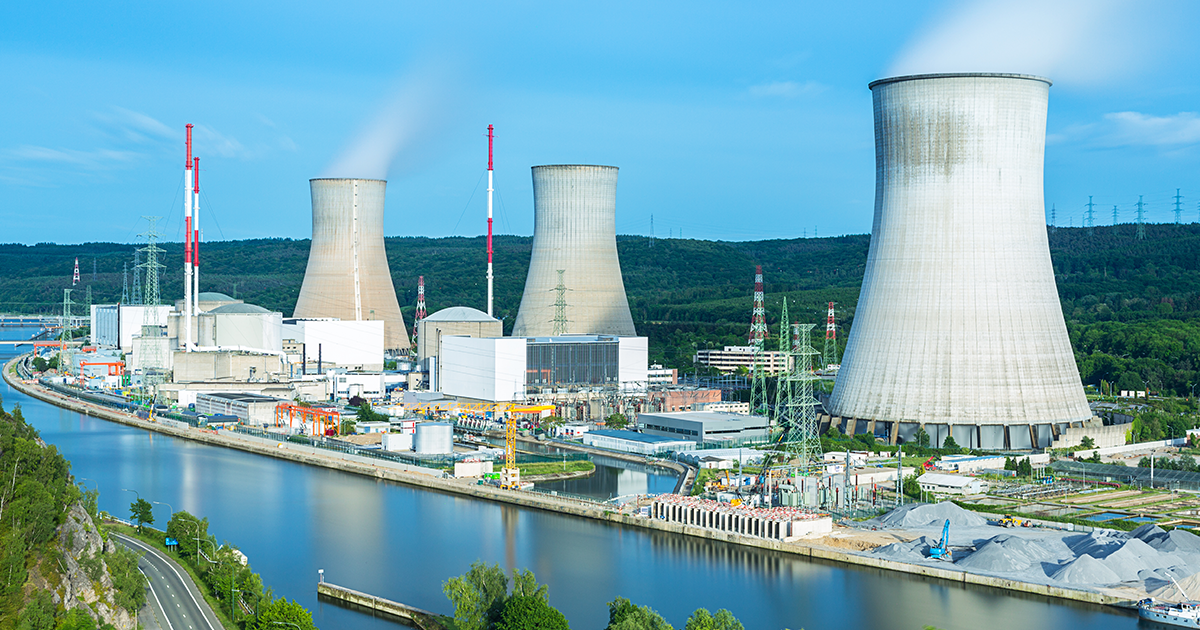
Luisa Morajelo: What is Nuclear Non-Destructive Testing?
Nord-Lock Group understands the need for infrastructure to be built with greater resilience against natural and man-made disasters. Ten years since the Fukushima disaster, we talk to nuclear safety and inspections expert Luisa Morajelo about maintaining the structural integrity of critical systems in an environment where failure can be catastrophic.
More than two decades ago, Luisa Moralejo began her career as a non-destructive testing (NDT) inspector within the nuclear industry. She has since performed NDT inspections and supervisions in nuclear components both in fabrication and during in-service inspection (ISI). She is also an NDT trainer. These days, Moralejo carries out NDT supervision during ISIs at nuclear power plants in Spain.
What is non-destructive testing? How and why are these tests used in nuclear power plants?
NDT is carried out on welds, components or systems. It enables us to analyze the state of the materials without causing any deterioration.
The tests make it possible to identify and evaluate damage such as cracks, wear and tear, loss of thickness, or other flaws, making them an essential part of the predictive and corrective maintenance of a nuclear plant. NDT is performed during plant operation, maintenance outages, or design changes. You might say it’s just another feature of the day-to-day running of the plant.

What attracted you to the nuclear sector and non-destructive testing (NDT)?
In my first job in the nuclear sector, I assisted the teams who carried out the NDT work during the ISI at the Santa María de Garoña nuclear power plant in Burgos, northern Spain. That first contact lasted a few weeks, but its impact has stayed with me for more than twenty years. I was hooked by my curiosity to understand everything: the operations of the plant, the functioning of each system, the logic of every protocol and the inspection processes.
Everything was fascinating to me and, even today, it still is.
Nowadays, I work as an NDT supervisor and a staff trainer. Teaching is very gratifying. I find it incredibly satisfying to share my knowledge and awaken the interest of my students in NDT.
What happens during a refuelling outage at a nuclear power plant?
Nuclear power plants plan their maintenance work and ISIs during refuelling outages. It requires many tasks to be completed in a short space of time, so they are carefully planned to ensure that one does not interfere with the other. There is usually a defined window of time in which to carry out each operation.
Personnel are used to working under these circumstances and do the job well and on time. However, unpredicted issues are inevitable and, when they do arise, they upset schedules, so it’s necessary to adjust to changes on the go.

Aside from all the tension, we also share some hilarious moments. There are countless jokes among us nuclear professionals during the day-to-day running of an outage that wouldn’t make sense to anyone else from outside of our world.
Ten years have passed since the Fukushima nuclear disaster. What has changed since then, and what have we learned?
Following the Fukushima accident, all European nuclear power plants were asked to reassess their safety margins through so-called stress tests. The lessons learned from the accident were assessed. This evaluation led to the implementation of a series of measures intended to make plants more robust and able to withstand extreme natural phenomena. It also resulted in the implementation of new Alternative Emergency Control Centres, improved refrigeration systems and the acquisition of portable equipment to mitigate the consequences of accidents, among other things.
The ITER nuclear fusion project has brought together 35 nations collaborating to build the world’s largest tokamak. This magnetic fusion device will be the first of its kind to deliver net energy. Why are you excited about it?
The ITER project represents a scientific milestone and an unprecedented technological achievement in our search for clean, safe and inexpensive energy. Years ago, I collaborated in developing the NDT processes for ITER – specifically the ultrasonic testing for the evaluation of the weld joints of the Reactor Vacuum Vessel sectors. That work linked me to ITER, and I continue to follow its progress with great interest.
Click below to find secure bolting solutions for applications with dynamic loads, high temperatures and all extremities associated with the different power generation industries:
Name: Luisa Moralejo
Title: Engineer and NDT Level 3
Professional background: Twenty years in nuclear NDT, including ten years at Santa María de Garoña NPP, ten years at Vandellòs II NPP. Currently working as a freelance NDT supervisor and staff trainer.
Personal qualities: “I believe being a meticulous and methodical person has helped my career development enormously. These are essential characteristics for someone who has to maintain consistency and quality in critical processes such as nuclear inspections.”

